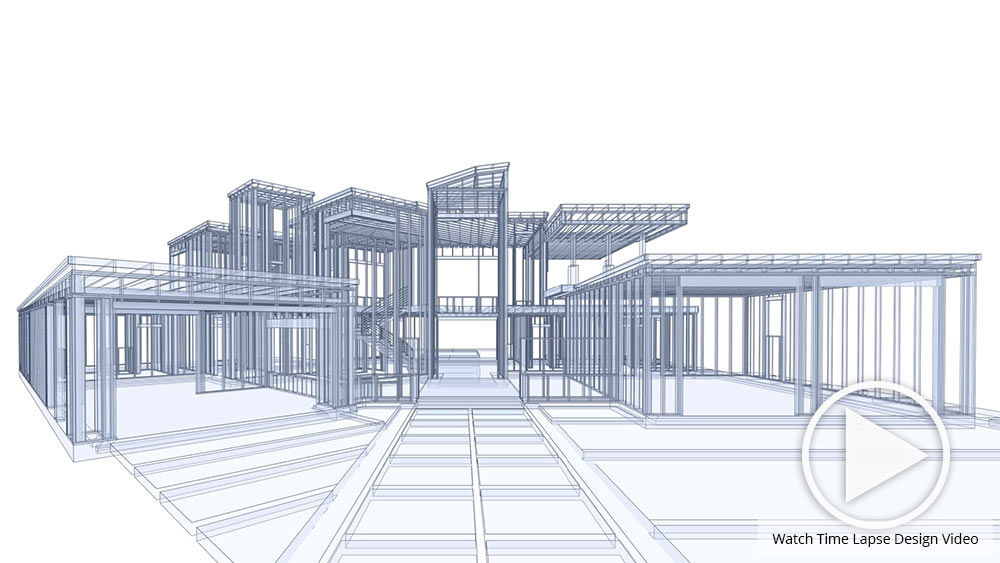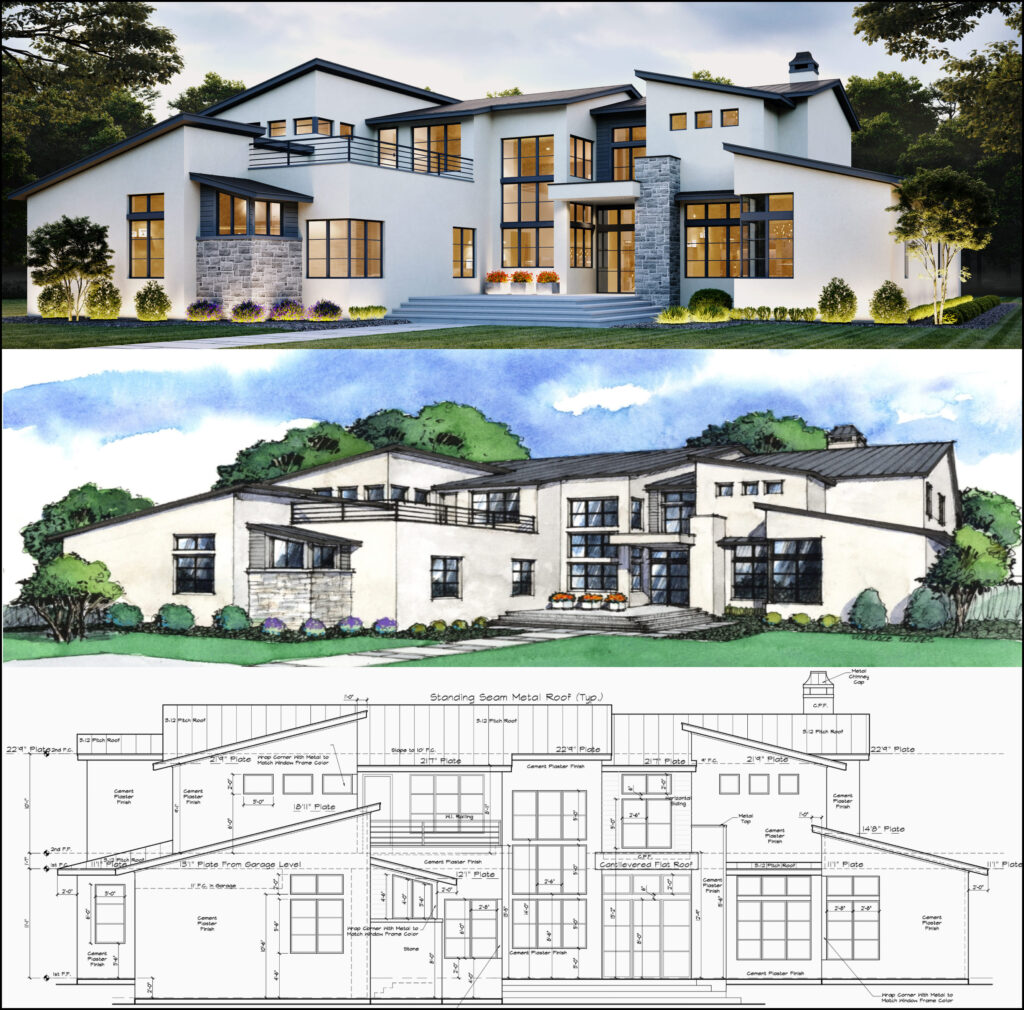Leading Reasons to Pick CDA Architects for Your Residential or Commercial Styles
Leading Reasons to Pick CDA Architects for Your Residential or Commercial Styles
Blog Article
A Thorough Overview of Building Styles and Their Influence on Modern City Planning and Growth
Building styles have long worked as a mirror to the social worths and technological advancements of their time, playing an important duty in forming contemporary city planning and advancement. From the splendour of Neoclassicism to the practical strategy of Brutalism, each style has presented unique ideas that influence city looks and capability. As modern challenges arise, consisting of sustainability and community requirements, recognizing these historic frameworks becomes necessary. The resulting discussion not just informs future design methods but also increases significant inquiries regarding the equilibrium in between heritage and innovation in our evolving city landscapes.
Historic Overview of Architectural Styles

As cultures transitioned through the Middle Ages, Gothic design emerged, characterized by its verticality and elaborate outlining, mirroring the spiritual desires of the period. The Renaissance marked a resurgence of timeless suitables, combining art and style in innovative manner ins which influenced subsequent styles throughout Europe.

Today, building styles proceed to progress, driven by globalization and sustainability concerns, reflecting a vibrant interplay in between heritage and advancement. This historical overview emphasizes the value of design as a mirror of social advancement and as a driver for metropolitan advancement.
Secret Architectural Styles Explained
The diversity of building designs shows the myriad impacts that shape our built environment, each embodying distinctive features and social relevances. Secret building designs include Timeless, Gothic, Baroque, Innovation, and Postmodernism, each standing for distinct historic contexts and aesthetic ideologies.
Classic architecture, rooted in old Greece and Rome, highlights proportion, percentage, and making use of columns (cda architects). In comparison, Gothic architecture, prospering in the Middle Ages, is defined by pointed arcs, ribbed safes, and flying buttresses, developing a heavenly top quality in basilicas. Baroque architecture, arising in the 17th century, is noted by magnificence, intricate embellishment, and a vibrant interplay of light and shadow
Innovation, which gained energy in the very early 20th century, prioritizes function over form, utilizing new products like steel and glass to create minimal structures. Postmodernism, reacting against the austerity of Modernism, embraces eclecticism and historical reference, typically incorporating spirited aspects and paradox.

Impact on Urban Preparation
In shaping the development of cities, architectural styles dramatically influence metropolitan preparation decisions. The selection of architectural design usually determines the aesthetics, capability, and overall character of city environments.
In addition, architectural designs can influence zoning guidelines and land utilize plans. Urban organizers need to take into consideration the prevailing building fads when designing areas, guaranteeing that new developments integrate look at this web-site with existing structures. This consideration fosters cohesive urban landscapes and enhances community identification.
The execution of details architectural styles can additionally influence socioeconomic aspects within a city. As an example, high-end modern styles may attract wealthy citizens and businesses, causing gentrification, while a lot more budget friendly housing remedies could prioritize practical and sustainable designs to fit varied populations. Eventually, the interplay in between building designs and city planning creates dynamic cities that mirror both historical context and modern requirements, forming the lived experiences of their occupants
Sustainability and Modern Architecture
Building styles play a critical duty in resolving contemporary challenges, especially in the realm of sustainability. As metropolitan areas broaden and ecological issues magnify, modern-day architecture significantly embraces sustainable layout principles that prioritize power efficiency, resource preservation, and minimal environmental influence.
Contemporary architectural motions, such as biophilic layout and green design, supporter check for frameworks that harmonize with their surroundings, making use of all-natural materials and promoting biodiversity. These designs usually incorporate sustainable power resources, such as solar panels and wind turbines, to minimize dependence on nonrenewable fuel sources and lower carbon footprints.
Additionally, the assimilation of innovative technologies, such as wise structure systems, boosts energy management, enhancing source use while making certain occupant comfort. Ingenious water administration methods, consisting of rain harvesting and greywater recycling, more add to lasting urban environments.
Significantly, sustainability prolongs past environmental concerns; it includes social and economic measurements too. By promoting neighborhood wellness and check these guys out promoting inclusivity, modern architectural designs straighten with lasting advancement goals. Consequently, the evolution of building methods continues to shape resilient cities that not just fulfill the requirements of the here and now but also guard the future for generations ahead.
Neighborhood Interaction in Style
Neighborhood involvement in layout offers as an important bridge between engineers and the populations they serve, making certain that the built setting shows the requirements and goals of its customers. This collective process welcomes neighborhood participants to contribute their understandings and preferences, cultivating a feeling of ownership and duty towards the rooms they occupy.
Effective neighborhood engagement uses various approaches, such as workshops, surveys, and public forums, to gather diverse viewpoints. These methods promote a two-way dialogue, permitting architects to understand regional contexts while empowering citizens to voice their problems and needs. This inclusivity not only enhances the style high quality yet also advertises social equity by attending to the one-of-a-kind difficulties faced by marginalized teams.
Additionally, community engagement can result in ingenious options that may not emerge in a traditional design procedure. By incorporating local expertise and social worths, designers can create rooms that resonate more deeply with individuals, enhancing functionality and sustainability. Ultimately, prioritizing community engagement in style processes results in environments that nurture social communications, assistance health, and enhance neighborhood ties, thus playing a crucial function fit modern-day city landscapes.
Verdict
Architectural designs have exceptionally affected contemporary city planning and development, reflecting advancing social and technological contexts. As cities continue to expand and adapt, the continuous dialogue between building heritage and contemporary style concepts will certainly continue to be vital in creating inclusive, lively rooms that boost quality of life and promote social equity.
Report this page